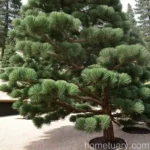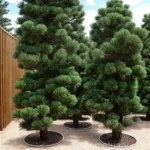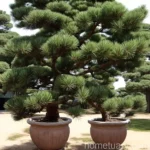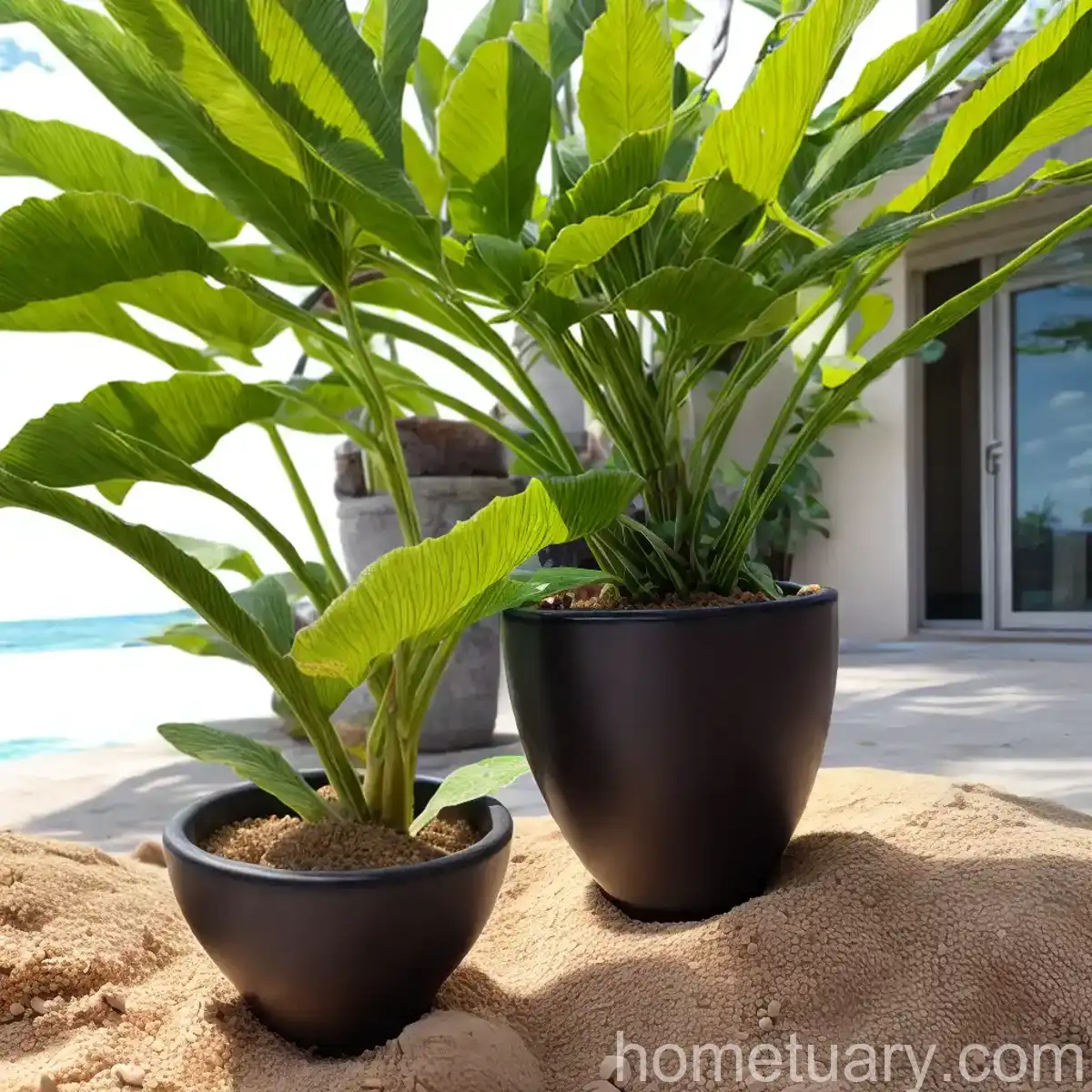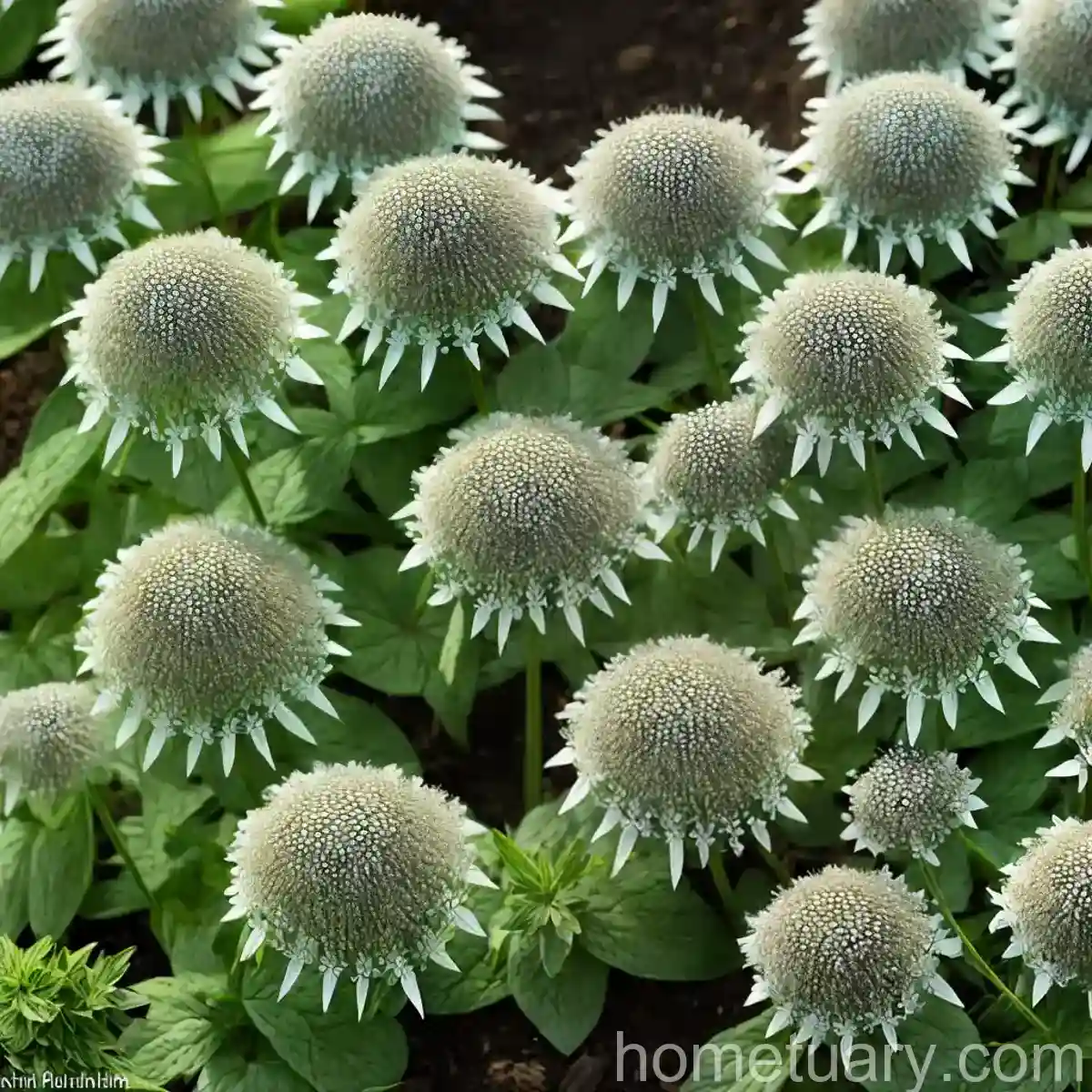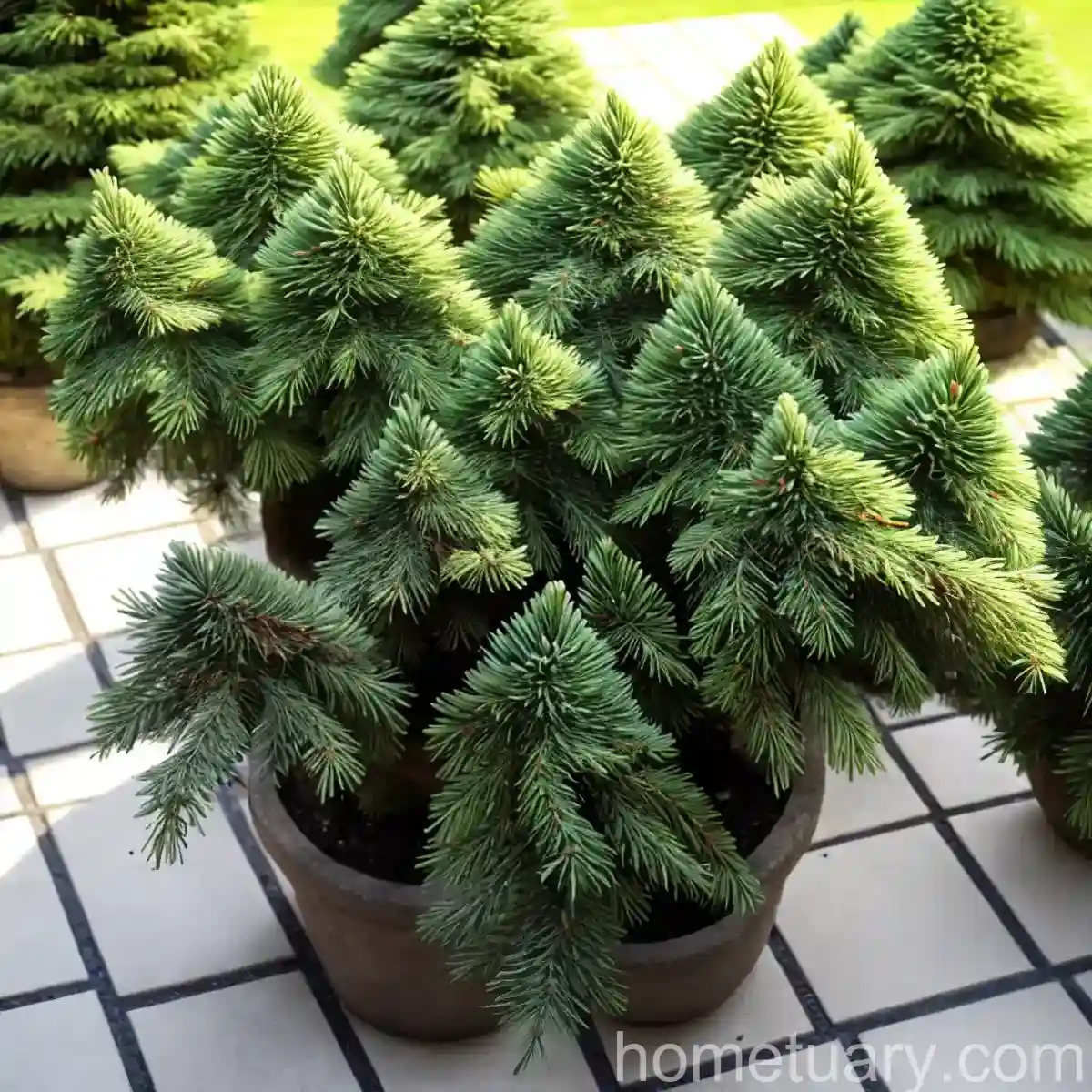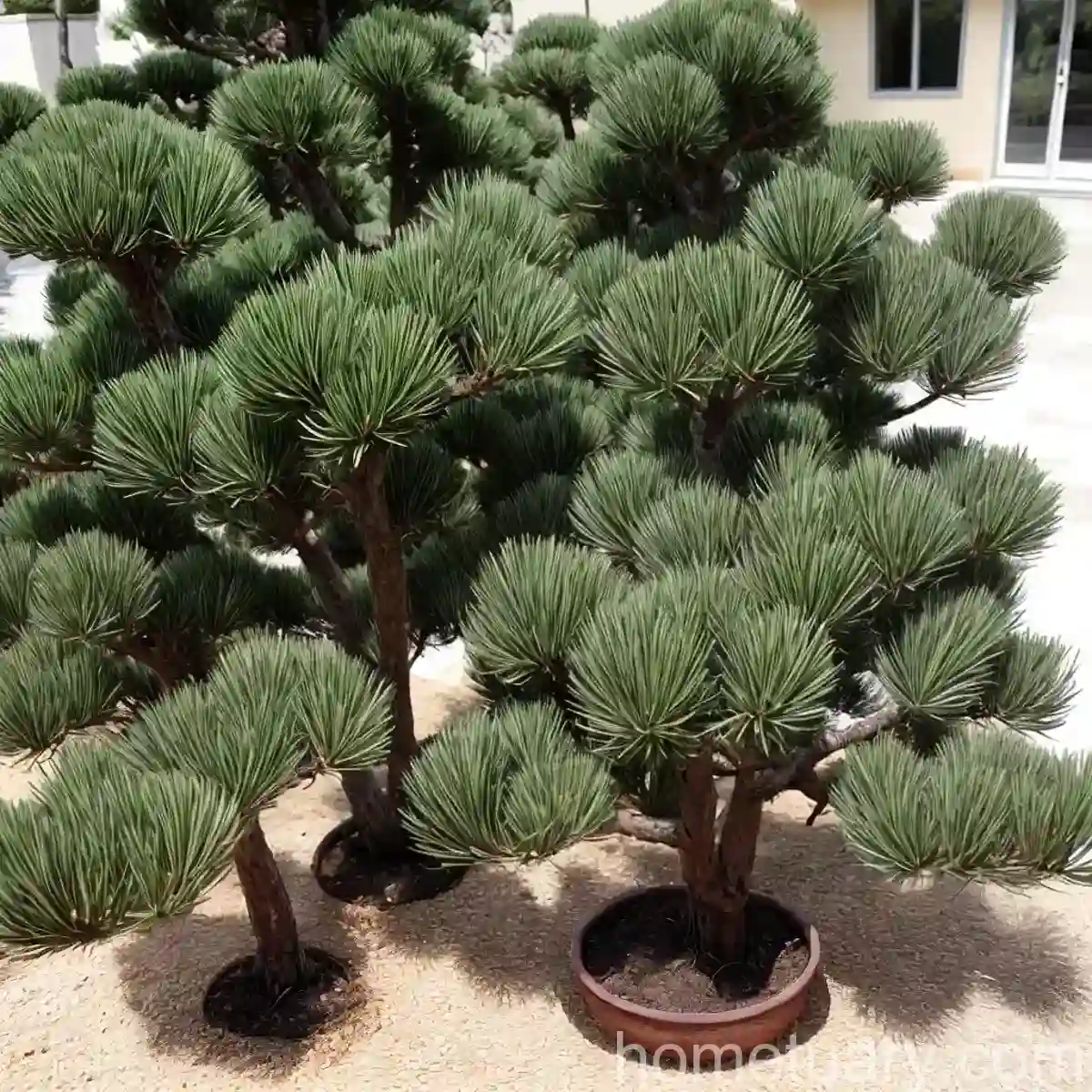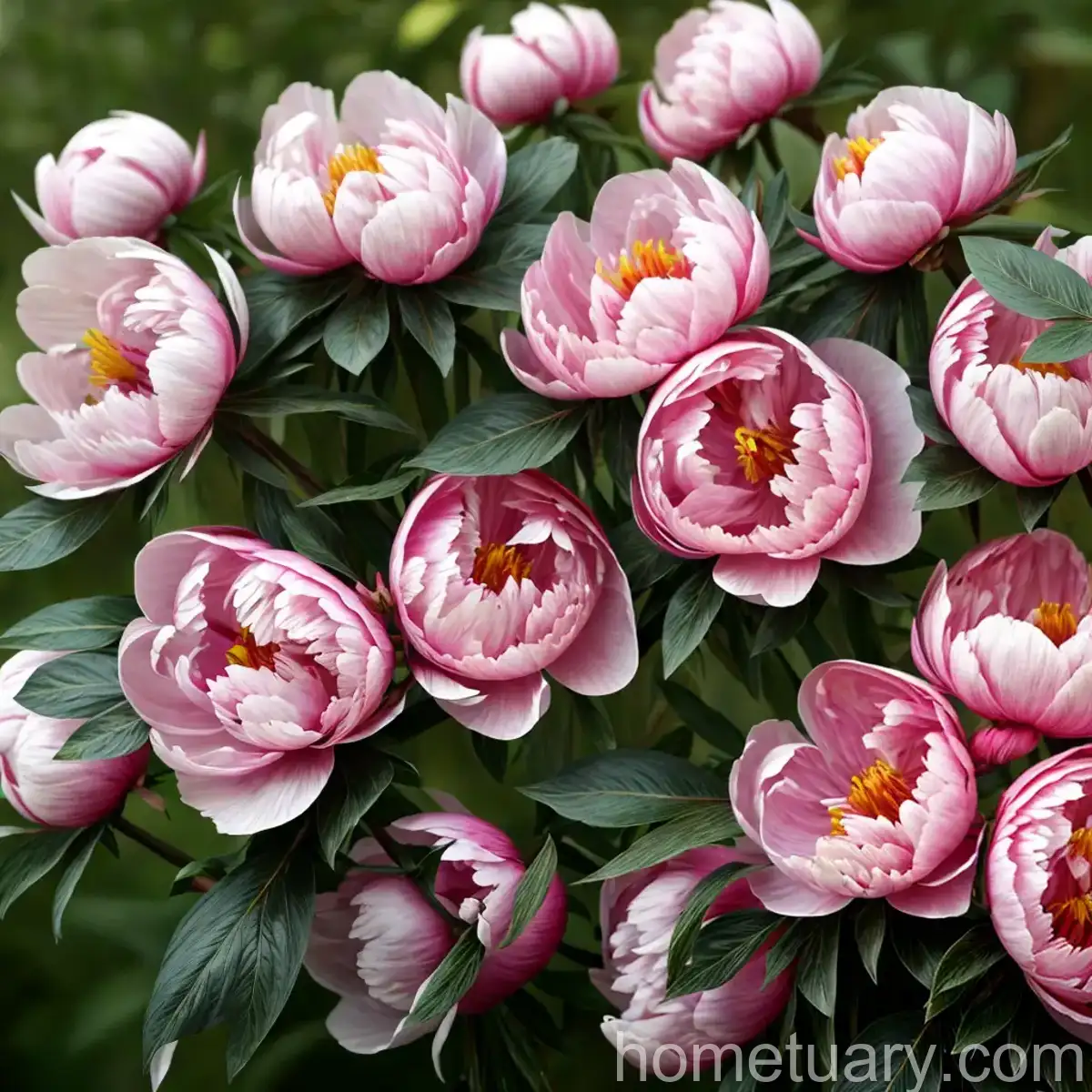Montezuma Pine (Pinus montezumae): A Comprehensive Guide
Plants have an incredible diversity of species, each with its unique characteristics, adaptations, and uses. In this blog post, we will delve into the fascinating world of Montezuma pine (Pinus montezumae), a tree species with rich cultural significance, unique ecological adaptations, and valuable uses. Whether you are an avid botanist, a nature enthusiast, or a homeowner looking to add a distinctive tree to your landscape, this guide will provide you with valuable insights into the Montezuma pine and how to care for it.
What is a Plant: Montezuma Pine (Pinus montezumae)?
The Montezuma pine, scientifically known as Pinus montezumae, is a species of pine tree native to Mexico and Central America. It is named after the Aztec emperor Moctezuma II, reflecting its historical significance in the region.
Key Takeaways – Montezuma Pine (Pinus montezumae)
- Scientific Name: Pinus montezumae
- Common Name: Montezuma Pine
- Habitat: Native to Mexico and Central America
- Cultural Significance: Named after the Aztec emperor Moctezuma II
- Uses: Valued for its timber, ecological role, and landscape appeal
Let’s explore the various aspects of the Montezuma pine, including its cultural significance, ecological adaptations, uses, and tips for cultivation and care.
Cultivation of Montezuma Pine
When considering growing the Montezuma pine, it is essential to understand the specific cultural requirements and environmental conditions that support its growth and development. Let’s delve into the key factors to consider when cultivating this unique tree species.
Water
- Consistent Moisture: Montezuma pine thrives in well-draining soils with consistent moisture. Adequate watering, particularly during the establishment phase, is crucial for healthy growth.
- Drought Tolerance: Once established, the Montezuma pine exhibits remarkable drought tolerance, making it suitable for arid and semi-arid regions.
Sunlight
- Full Sun: Montezuma pine prefers full sunlight, thriving in open areas with direct exposure to sunlight. Ensure that the planting site receives ample sunlight throughout the day.
Fertilizer
- Minimal Fertilization: Montezuma pine is adapted to nutrient-poor soils and generally requires minimal fertilization. Organic mulch can be beneficial for soil enrichment and moisture retention.
Soil
- Well-Draining Soil: The Montezuma pine thrives in well-draining, slightly acidic soils. Avoid waterlogged or compacted soils, as they can impede root development and lead to stress.
Pruning
- Minimal Pruning: Mature Montezuma pines typically require minimal pruning, primarily for aesthetic shaping or the removal of dead or damaged branches. Prune selectively to maintain the tree’s natural form.
Propagation
The propagation of Montezuma pine can be achieved through several methods, including:
- Seed Propagation: Propagating Montezuma pine from seeds is a common method. Collect seeds from mature cones, and sow them in well-draining soil during the appropriate planting season.
- Cuttings: Propagation from cuttings can also be successful, particularly when using semi-hardwood cuttings taken during the growing season.
Container Popularity
- Landscaping: Montezuma pine is popular in landscaping due to its distinctive appearance and cultural significance. It is often used as a focal point in gardens, parks, and large landscapes.
Common Diseases
While the Montezuma pine is relatively resilient to many common diseases, it is important to be aware of potential issues that can affect its health. Common diseases include:
- Needle Blight: Fungal infections can cause needle blight in Montezuma pine, leading to the browning and shedding of needles.
- Root Rot: Prolonged exposure to overly wet conditions can result in root rot, affecting the tree’s overall health and stability.
Disease Diagnosis
Diagnosing diseases in Montezuma pine involves careful observation of symptoms, including changes in needle color, presence of fungal growth, and overall tree vigor. Prompt action, such as implementing cultural controls and targeted treatments, can help mitigate disease impact.
Common Pests
Montezuma pine may face infestations from various pests, including:
- Pine Bark Beetles: These pests can cause damage to the inner bark, leading to wood boring and potential tree decline.
- Sawflies: Sawflies may feed on pine needles, impacting the tree’s photosynthetic capacity and overall vitality.
Botanist’s Tips
Botanist’s tips for cultivating and caring for Montezuma pine:
- Environmental Compatibility: Ensure that the planting site provides suitable environmental conditions, including appropriate moisture levels, sunlight exposure, and soil quality.
- Observational Monitoring: Regularly monitor the tree for signs of stress, disease, or pest presence. Early detection can aid in timely intervention and management.
Fun Facts
The Montezuma pine is a captivating species with several intriguing features and cultural significance:
- The resin of Montezuma pine was historically used by indigenous cultures for various purposes, including waterproofing and adhesive applications.
- Montezuma pine forests play a vital ecological role, providing habitat for diverse wildlife and contributing to forest ecosystem dynamics.
Links to External Resources
For further exploration of Montezuma pine and related topics, the following external resources provide valuable insights and information:
- Royal Botanic Gardens, Kew – Pinus montezumae
- USDA Forest Service – Montezuma Pine
- IUCN Red List – Pinus montezumae
In conclusion, the Montezuma pine (Pinus montezumae) is a remarkable tree species with a rich cultural history, valuable ecological contributions, and unique aesthetic appeal. Whether found in its native habitats or integrated into diverse landscapes, the Montezuma pine represents an enduring symbol of natural beauty and resilience.
By delving into the intricate details of Montezuma pine, we have gained valuable insights into its cultural significance, ecological adaptations, cultivation requirements, and potential uses. Whether you are considering adding a Montezuma pine to your landscape or seeking to appreciate its ecological importance, this comprehensive guide serves as a valuable resource for understanding and appreciating this unique tree species.
- Pinus montezumae tree
- Montezuma pine characteristics
- Pinus montezumae facts
- Montezuma pine description
- Pinus montezumae habitat
- Montezuma pine uses
- Pinus montezumae cultivation
- Montezuma pine species
- Pinus montezumae growth
- Montezuma pine care
- Pinus montezumae distribution
- Montezuma pine adaptations
- Pinus montezumae conservation
- Montezuma pine ecology
- Pinus montezumae natural habitat
- Montezuma pine native range
- Pinus montezumae dendrology
- Montezuma pine taxonomy
- Pinus montezumae endangered
- Montezuma pine unique features
- Pinus montezumae biodiversity
- Montezuma pine medicinal properties
- Pinus montezumae lumber
- Montezuma pine timber
- Pinus montezumae uses in landscaping
- Montezuma pine wildlife habitat
- Pinus montezumae ecological role
- Montezuma pine forest ecosystem
- Pinus montezumae seed germination
- Montezuma pine seed dispersal
- Pinus montezumae climate requirements
- Montezuma pine tree height
- Pinus montezumae bark
- Montezuma pine needle retention
- Pinus montezumae forest succession
- Montezuma pine tree rings
- Pinus montezumae trunk diameter
- Montezuma pine cone production
- Pinus montezumae cone size
- Montezuma pine cone serotiny
- Pinus montezumae seed viability
- Montezuma pine pollination
- Pinus montezumae cone dispersal
- Montezuma pine seedling establishment
- Pinus montezumae mycorrhizal symbiosis
- Montezuma pine root system
- Pinus montezumae tree mortality
- Montezuma pine drought tolerance
- Pinus montezumae fire resistance
- Montezuma pine conservation efforts




